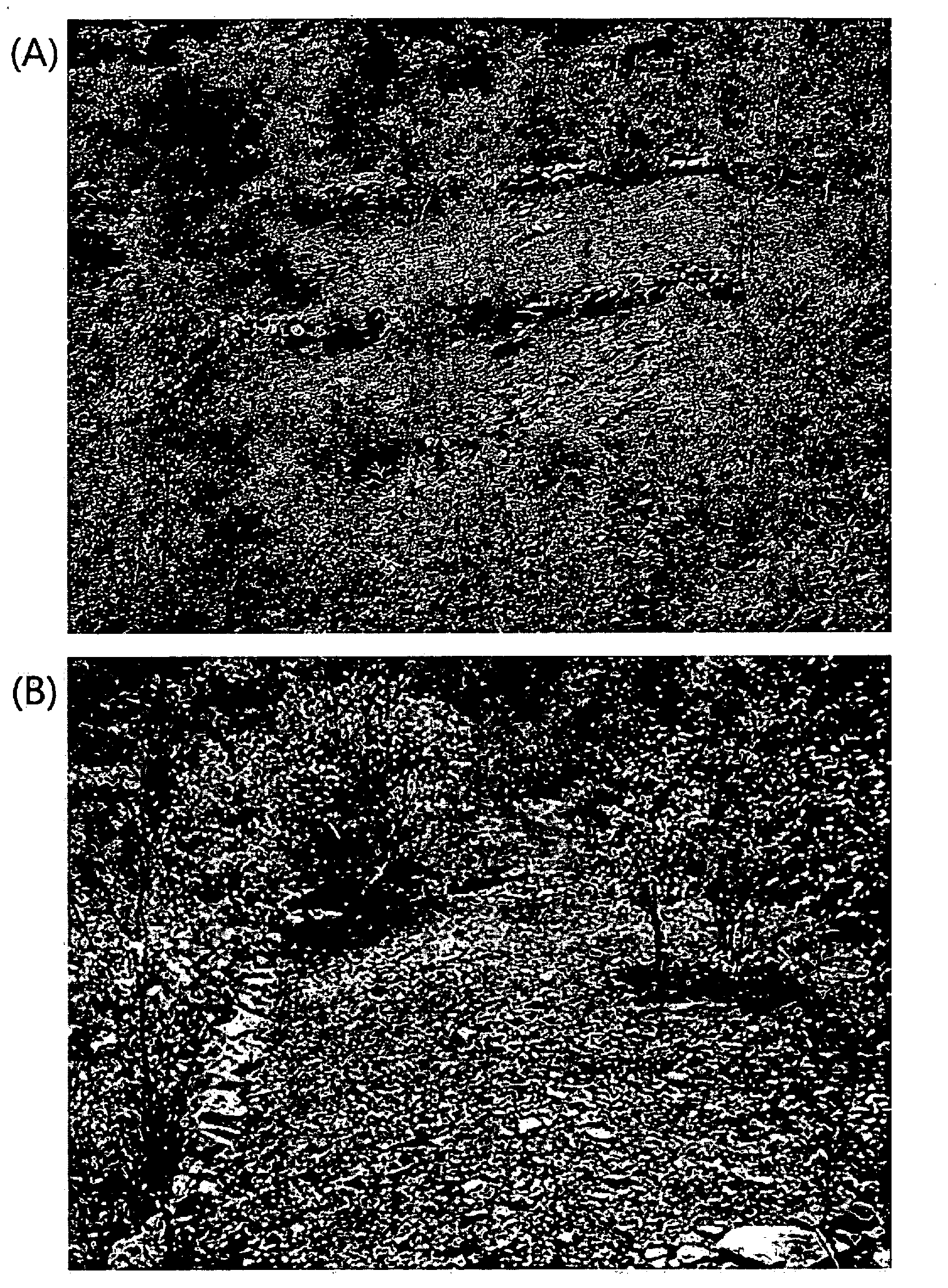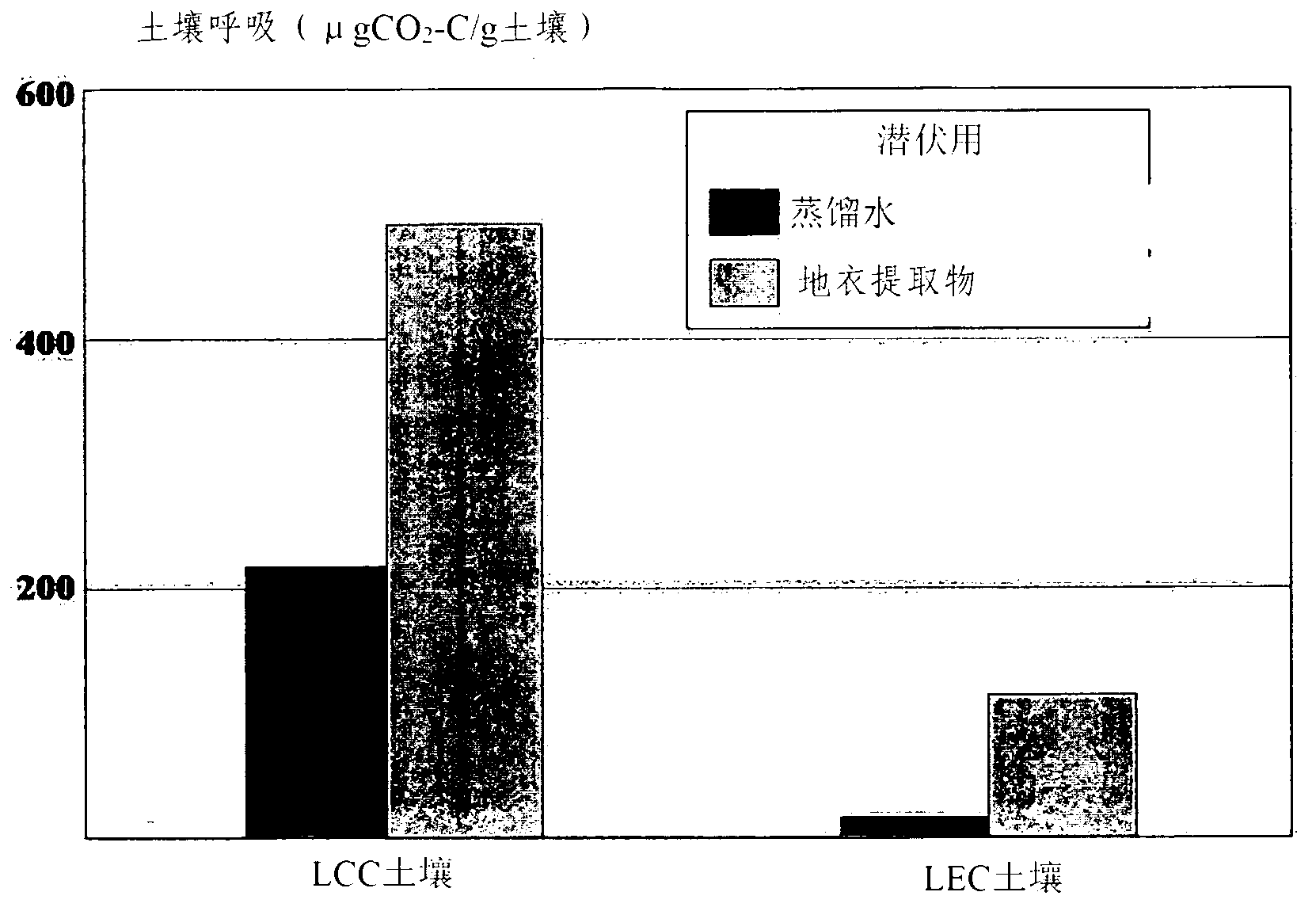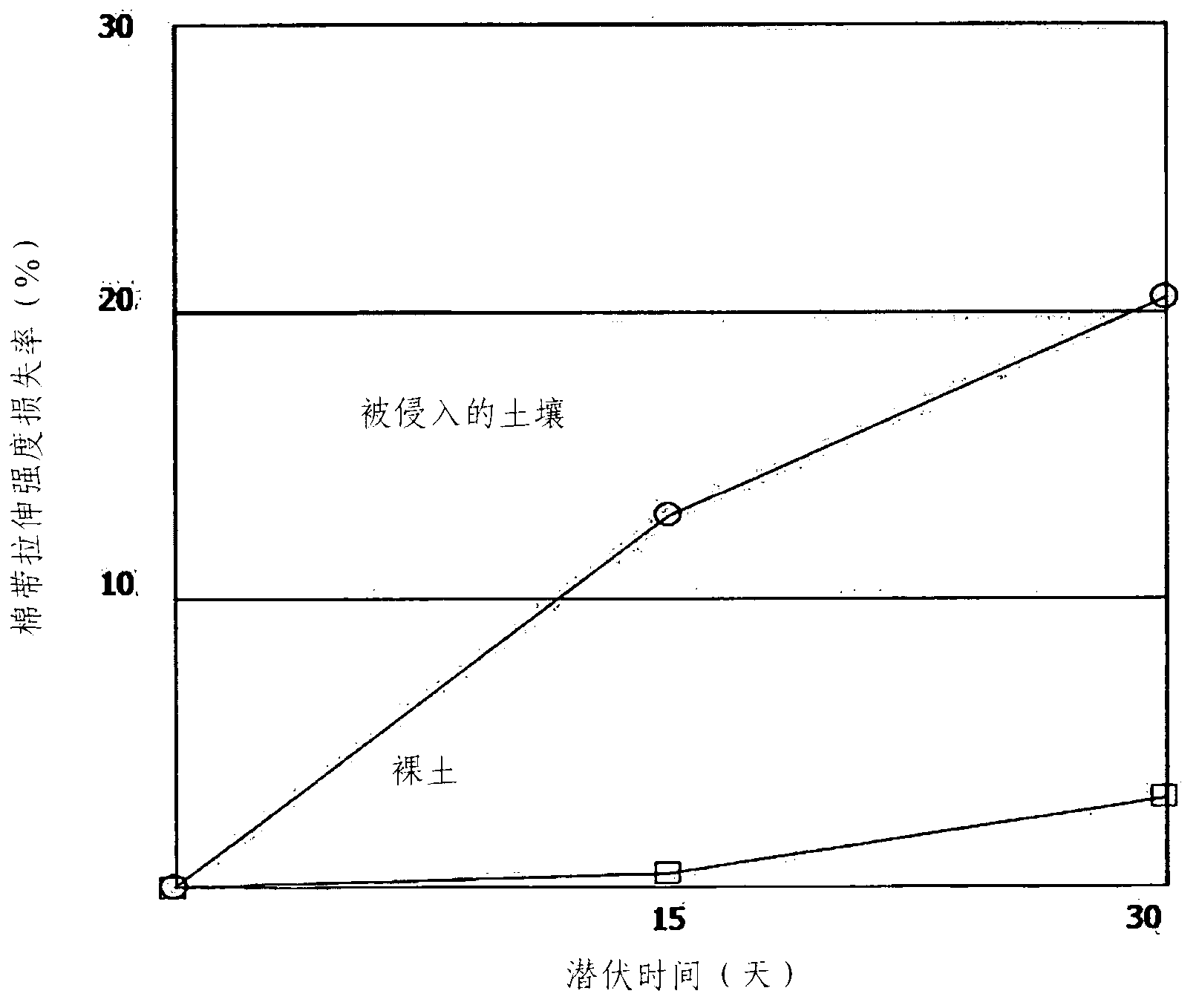Method for producing thalli of lichens, method for restoring the degraded ecology by them, and compositions therefor
A technology of lichens and compositions, applied in the field of ecological restoration compositions, capable of solving problems such as high costs
- Summary
- Abstract
- Description
- Claims
- Application Information
AI Technical Summary
Problems solved by technology
Method used
Image
Examples
Embodiment 1
[0078] Embodiment 1: the collection of lichen
[0079] Three kinds of lichens were collected from an abandoned coal mine located 7km away from the northwest of Taebaek City, Gangwon-do, South Korea. Most of these waste coal mines are not covered by plants, and the waste coal is exposed, and some lichens are scattered in small patches. Moss, Liaodong birch (BetulaSchmidt) and white birch (Betulacostata) grow in some small plots. On the other hand, lichens grow from the outer interface to the inner side where mosses and plants grow (see figure 1 ). Collect the grown lichens, entrust Dr.Harada to classify them, and keep them at the Korea Lichen Research Institute (Shuncheon University, Korea), at the National History Museum and Institute in Chiba Prefecture, Japan; CBM) for replication. The collected lichens were found to be red litmus, dwarf litmus (Cladonia humilisJ.R.Laundon), and Ramulosa litmus (C.ramulosa, J.R.Laundon).
[0080] In addition, lichens growing in this are...
Embodiment 2
[0081] Example 2: Composition analysis of collected lichens
[0082] The 3 kinds of lichens collected from the waste coal mine in Example 1 were washed twice with deionized distilled water, and stored at room temperature for 3 days. In order to analyze the concentration of the components (K, Ca, Mg, Fg, Cu, Mn, Ni, As and Cr) of the lichen body, a modified Tahanen et al. [Tarhanen, S., S. Mets, T. Holopainen and J.Okaanen.1999.Me membrane permeability response of lichen Bryoria fluscescens to wet deposited heavy metal sand acid rain.Environ.Pollut.104:121-129. (Tarhanen, S., S.Mets, T.Holopainen and J. Okaanen, 1999; Membrane permeability responses of B. fluscescens to wet-deposited metals and acid rain. Methods of Environmental Pollution 104:121-129). Specifically, the sub-samples (500 mg) of each clothing species were dried at 90°C for 24 hours, passed through a digestion system at 225°C with HNO 3 and HClO 4高纯(superpur) (10:3ml), perform wet decomposition, and filter to ...
Embodiment 3
[0089] Example 3: Comparison of soil properties in lichen habitats
[0090] The soil characteristic difference between the waste coal mine lichens inhabiting the waste coal mine soil in Example 1 and the waste coal mine soil not inhabited by lichens was analyzed. Specifically, 5 soil samples were randomly taken from the LCC soil and the NBC soil at a depth of 3 cm from the ground. The part below the lichen-like soil (carpet) inhabiting the waste coal mine was collected as the LCC soil sample. After the collected soil was filtered through a 2mm mesh sieve, it was stored at 4°C for the next analysis. These soils were tested by standard laboratory methods [Kim, H.1995. Soil Sampling, Preparation, and Analysis. Marcel Dekker Inc., New York (Kim, H., 1995; Soil Sampling, Preparation and Analysis, Marcel Dekker Inc., Kerr Company, New York)] to measure soil pH. Also, in order to detect heavy metals in the soil, the soil was crushed with a mortar and then filtered through a 100-me...
PUM
| Property | Measurement | Unit |
|---|---|---|
| diameter | aaaaa | aaaaa |
| surface area | aaaaa | aaaaa |
Abstract
Description
Claims
Application Information
 Login to View More
Login to View More - R&D
- Intellectual Property
- Life Sciences
- Materials
- Tech Scout
- Unparalleled Data Quality
- Higher Quality Content
- 60% Fewer Hallucinations
Browse by: Latest US Patents, China's latest patents, Technical Efficacy Thesaurus, Application Domain, Technology Topic, Popular Technical Reports.
© 2025 PatSnap. All rights reserved.Legal|Privacy policy|Modern Slavery Act Transparency Statement|Sitemap|About US| Contact US: help@patsnap.com



